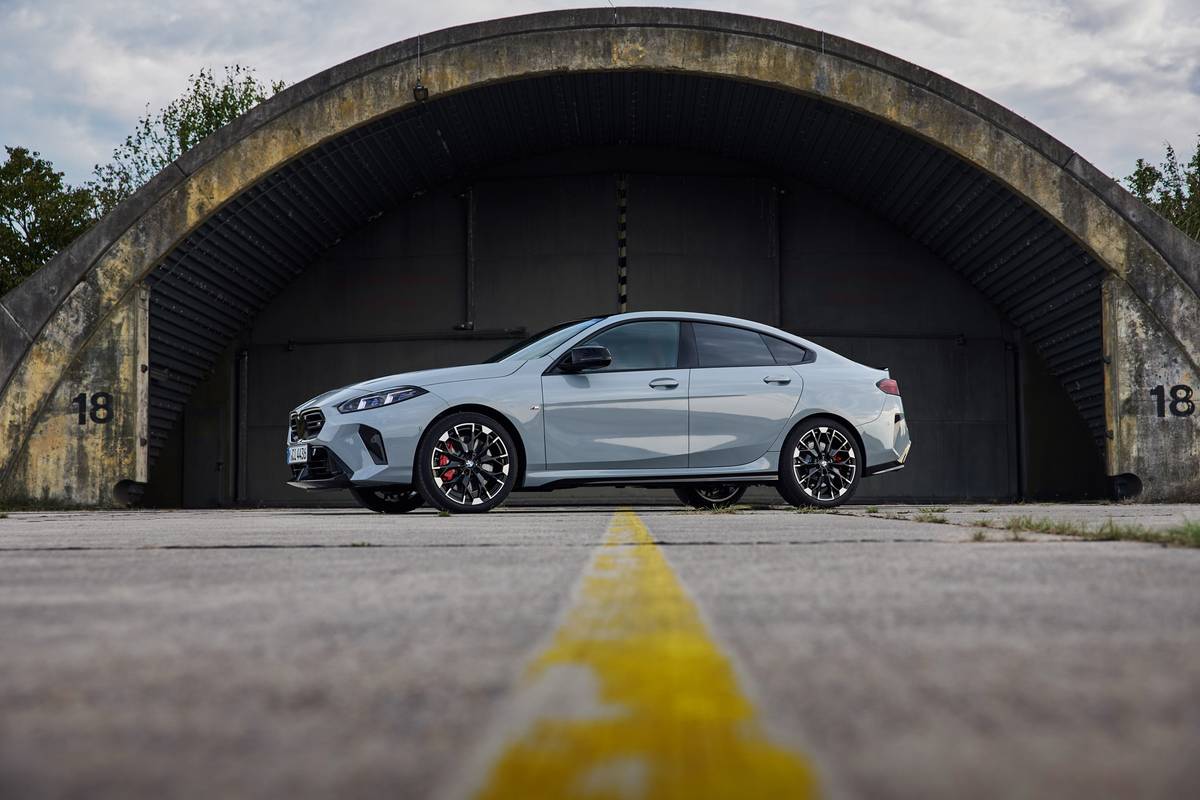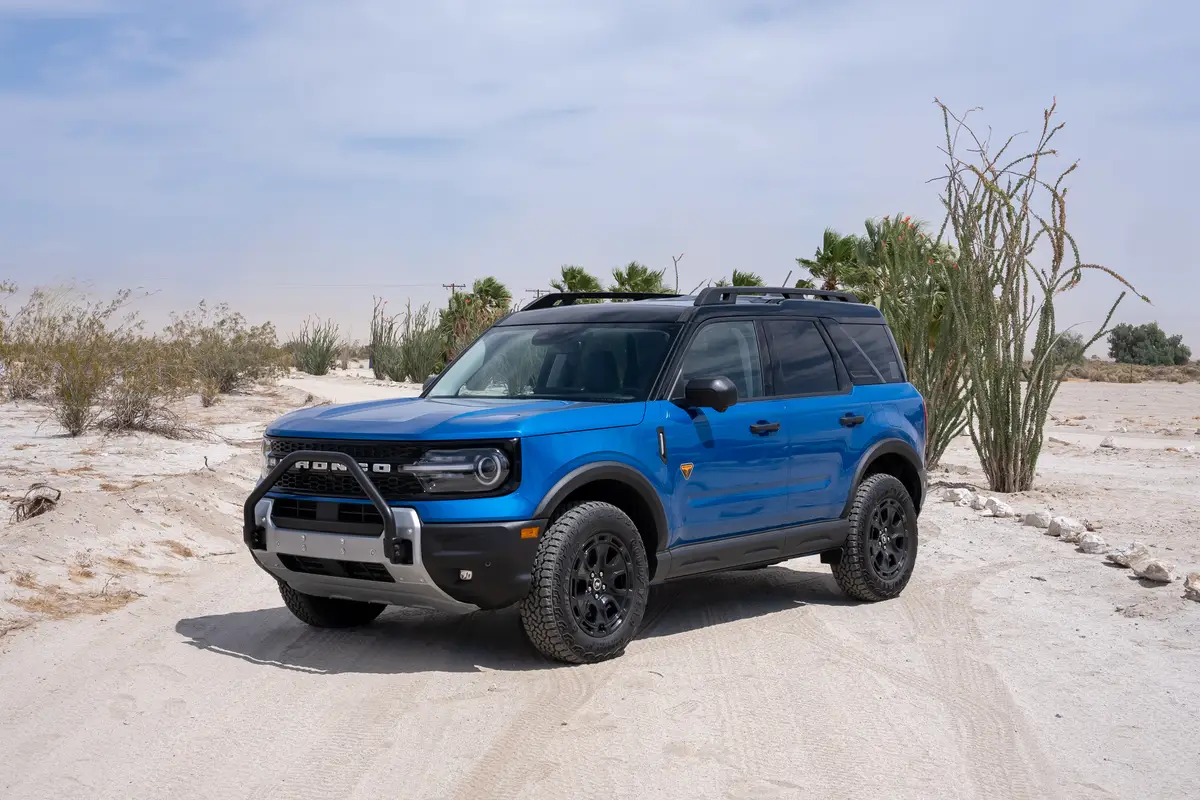Star-Telegram.com's view
The Lexus HS 250h is now on the market, giving the brand its first entry-level gasoline-electric hybrid.
It’s also the first dedicated Lexus hybrid – one that is not also available as a gasoline-only model.
While the HS 250h is based on the architecture of the redesigned 2010 Toyota Prius hybrid, it doesn’t use the drive system from the Prius.
Instead, it uses essentially the same engine and electric-motor combination as the Toyota Camry hybrid.
Another key difference is that the HS 250h is a four-door sedan with a conventional trunk, while the Prius is a five-door hatchback.
With a base price of $34,200 (plus $875 freight), the HS 250h offers a host of luxury amenities not included in the Prius, whose base price is $22,400 (plus $750 freight).
The HS 250h, which is not related to the Lexus IS 250/350 line, is nine inches longer than the Prius, at 184.8 inches, but has the same 106.3-inch wheelbase.
Under the hood is a 2.4-liter, four-cylinder Atkinson cycle gasoline engine and accompanying electric drive motor. They are connected to the front wheels through a continuously variable automatic transmission, also from the Camry.
Lexus says combined horsepower of the HS 250h gasoline engine and electric motor is 187, compared with 134 for the Prius.
EPA fuel-economy estimates are 35 mpg city/34 highway, also similar to those of the slightly heavier Camry (33 city/34 highway), but much lower than those of the 2010 Prius (51 city/48 highway).
This is the first four-cylinder engine ever used in a Lexus vehicle. The next-most-fuel-efficient Lexus is the IS 250 sedan, whose 2.5-liter V-6 engine and six-speed automatic transmission are EPA rated at 21 mpg city/29 highway.
Compared with the IS 250, the HS 250h is 4.5 inches longer and 3.2 inches higher, at 59.3 inches. It doesn’t have the awkward rear-end styling of the Prius, which was purposely designed to let everyone know that car is different – that it is a hybrid.
The HS 250h joins three other hybrids in the Lexus lineup. But the others are based on models that were introduced first as gasoline-only vehicles. They are the RX 450h midsize crossover and the GS 450h and LS 600h sedans.
Base prices for the other hybrids range are $41,660 for the RX 450h, $56,550 for the GS 450h and $106,035 for the LS 600h. But with options, the LS 600h can run as high as about $130,000, making it the highest-cost Toyota vehicle ever sold, and the only one ever with a price tag of $100,000 or more.
In the Lexus sedan lineup, the HS 250h’s size is between the IS 250/350 and the Camry-based ES 350, which is 6.3 inches longer than the HS. The hybrid’s starting price is about $2,350 above that of the entry IS 250 model, but almost the same as the ES 350’s beginning price of $34,800.
The HS has room for five people, but it’s a bit more comfortable inside than the Prius because of extra interior space and the luxury amenities.
There is lots of high-tech gadgetry available, including the radar cruise control that was included on our tester. But much of that same equipment is offered in the Prius, whose sticker can run as high as that of the base HS 250h when a long list of options is added.
Also available on the HS 250h are such features as a head-up speedometer display on the windshield, Bluetooth phone connectivity, a 190-degree front-view monitor, and a navigation system with real-time traffic and weather information.
The HS produces 70 percent fewer smog-forming emissions than found in the average gasoline-powered new car, Toyota says.
With the boost offered by the electric motor when starting from a full stop, the HS 250h actually has decent acceleration – more like that of a V-6 than a four-cylinder car. Even on the uphill ramp that I use to get on the freeway for my regular morning commute, the HS 250h easily got up to speed for safe merging into traffic moving at 70 mph.
There are four driver-selectable hybrid drive modes: Normal, Power, Eco and EV. The EV setting allows the vehicle to be driven in electric-only mode at low speed over short distances without using the gasoline engine.
The ride is Lexus-smooth, of course, and the car is quieter inside at highway speeds than the Prius.
Both front bucket seats are quite comfortable, too. The rear bench seat is designed for up to three people, but as usual with a midsize sedan, it’s not all that accommodating for three adults.
My only real complaints with this car had to do with the awkward-to-use joystick controller for the navigation system and the console on which it’s mounted – an extension of the center instrument stack that protrudes like a peninsula out into the area between the driver and front passenger.
This extension wastes space and looks quite ridiculous, which leads one to that age-old question: “What were they thinking?”
The same controller is used with the navigation system in the Prius, but there it is on the center console between the front seats, down low and out of the way. That’s a much better location, although the joystick device itself remains difficult to operate, similar to the much-criticized I-Drive controller in BMW vehicles.
Standard features on the HS 250h include leather seats; a 10-way power driver’s seat and eight-way power front passenger seat; a 10-speaker, 137-watt audio system with six-disc CD changer, subwoofer and center speaker; the Bluetooth setup for the phone and music streaming; satellite radio (with free 90-day trial); USB/iPod connectivity with steering-wheel controls; and 17-inch aluminum-alloy wheels.
Among included safety features are 10 air bags, four-wheel disk antilock brakes with electronic brake-force distribution, electronic stability control, and active front headrests.
Two versions of the HS 250h are offered: base and Premium ($36,970 plus freight).
On the base model, an optional Touring Package ($1,600) adds heated front seats; adaptive LED headlights with automatic high-beam switching and built-in washers; and 18-inch alloy wheels.
Offered on both models is the Navigation Package ($2,125), which brings the navigation system; rear parking system with camera; and the Lexus Enform communications system (similar to General Motors’ OnStar). The system offers automatic collision notification to live operators, just like OnStar, among many other features.
Our tester was the Premium model, which comes with such extras as heated/ventilated front seats with premium semi-aniline leather; 18-inch aluminum-alloy wheels; rain-sensing windshield wipers; heated self-dimming outside mirrors; wood interior trim; and a memory system that allows individual driver settings for the seat, steering wheel, outside mirrors and heating/air conditioning. Settings are specific to the two key fobs, so each driver can have his or her own choices saved.
A Technology Package ($3,900), offered only on the Premium model, adds the head-up display; a Lane Keep Assist system with Lane Departure Warning; a Pre-Collision System with radar cruise control; the Lexus Driver Monitor, which helps to detect when the driver becomes drowsy; and Park Assist with front and rear sensors.
Also available on the Premium model is a Mark Levinson Surround Sound audio system ($1,580) with 350 watts and 15 speakers; and Lexus’ Park Assist system; and a wide-view front monitor with backup camera ($700).
Our test vehicle came with the Technology, Navigation and Mark Levinson audio packages, along with the backup camera; a Preferred Accessory Package ($281) with a cargo net, trunk mat, wheel locks and rear bumper trim; and remote engine start ($375).
Total sticker for our car was $46,806, including freight and options.
The automotive columns of G. Chambers Williams III have appeared regularly in the Star-Telegram since 1994. Contact him at 210-250-3236; chambers@star-telegram.com.
2010 Lexus HS 250 h sedan
The package: Premium, midsize, four-door, five-passenger, four-cylinder gasoline-electric powered, front-wheel-drive sedan.
Highlights: New this year, this is an entry-level luxury hybrid sedan that is not a copy of any other vehicle in the Lexus lineup.
Negatives: Can get quite pricey with options.
Engines: 2.4-liter inline Atkinson cycle four cylinder gasoline engine combined with an electric motor.
Transmission: Continuously variable automatic.
Power: 187 horsepower, combined gasoline/electric.
Length: 184.8 inches.
Curb weight: 3,682 pounds.
Brakes, front/rear: Disc/disc, antilock.
Cargo volume: 12.1 cubic feet.
Side air bags: Front seat-mounted, roof-mounted side-curtain for both rows, standard.
Electronic stability control: Standard, with traction control.
Fuel capacity/type: 14.5 gallons/unleaded regular.
EPA fuel economy: 35 city/34 highway.
Base price range: $34,200-$36,970, plus $875 freight.
Price as tested: $46,806, including freight and options (Premium model).
On the Road rating: 8.5 (of a possible 10).
Prices shown are manufacturer’s suggested retail; actual selling price may vary.
Latest news



